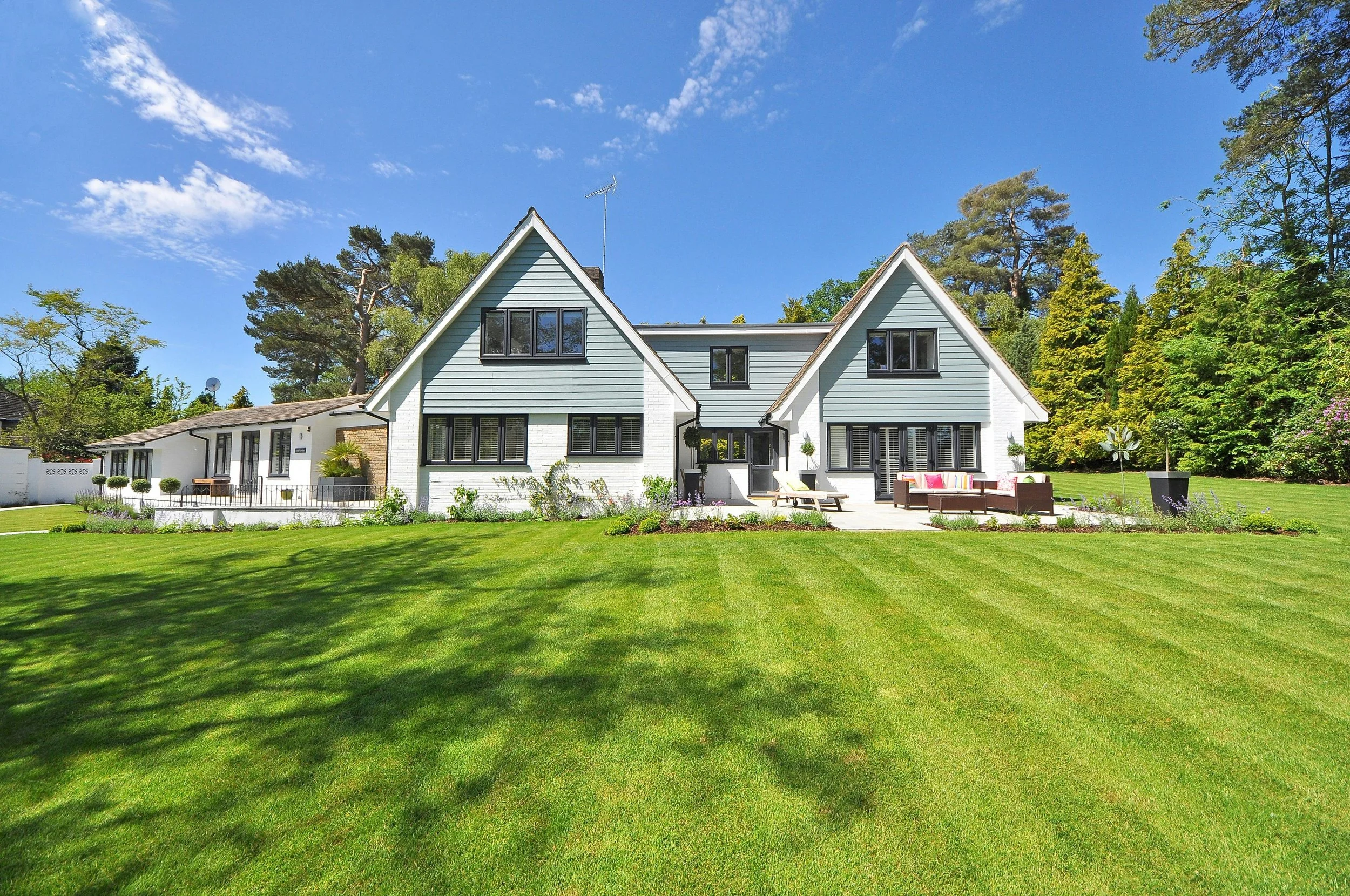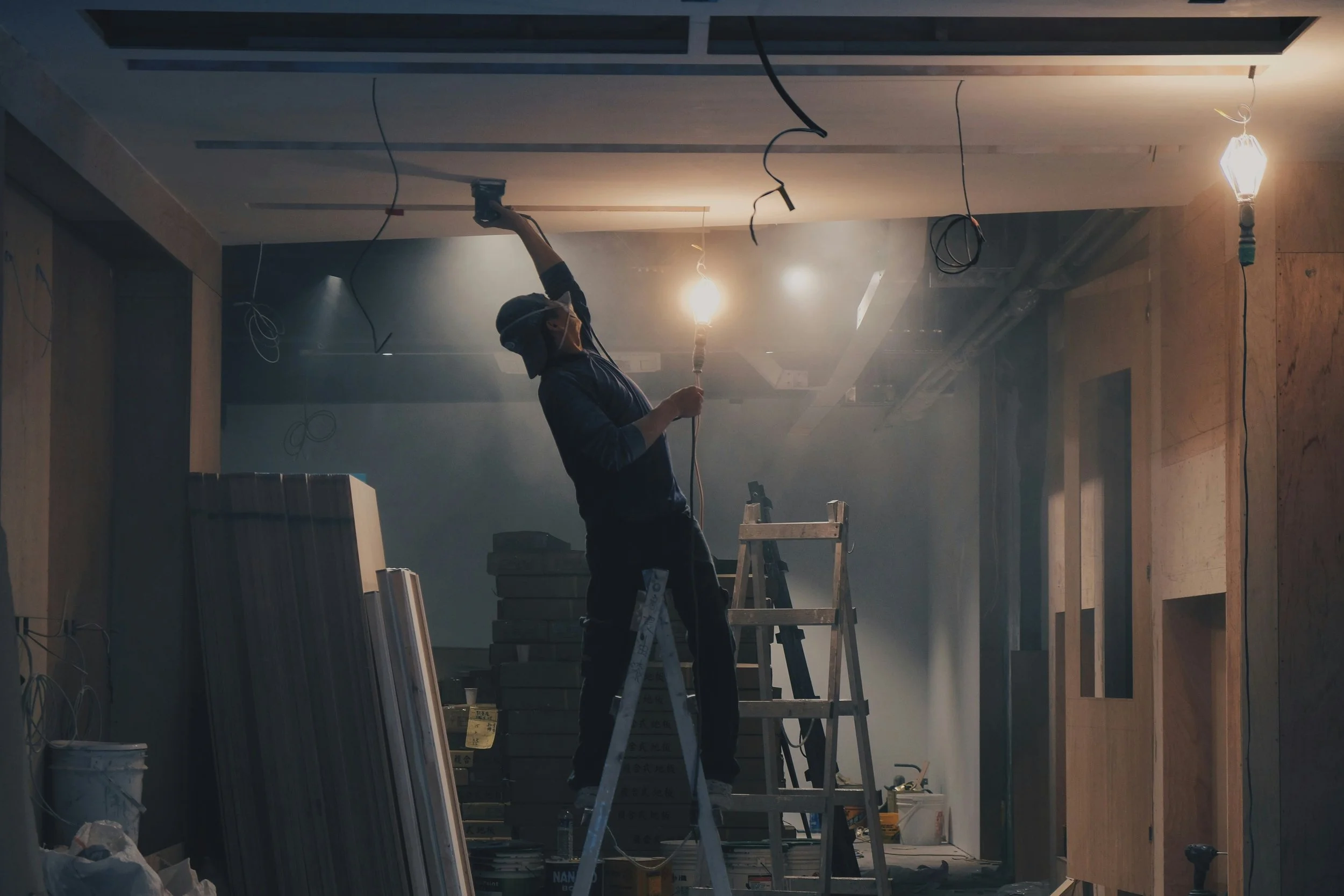Drain Cleaning to Keep Entire Plumbing System Intact | Methods and Preventive Approaches
RH Business Marketing Solutions
Drain clogging can be a major concern in the sewerage system caused by the waste buildup. The issue requires immediate drain cleaning services, during which the waste accumulation is removed from the pipes and ensures a clear flow. Frequent examinations by a professional drain cleaner can avoid water overflows, unpleasant odours, and any intensive damage to the plumbing system.
Survey to Investigate UK Drainage Habits
The 2022 survey in the UK highlights growing public awareness of the dangers of drain blockage and the impact of improperly disposing of fat, oil, and grease despite an increase in such practices. Notably, 62% of participants reported experiencing a blocked drain, requiring a professional drain cleaner, emphasising the need for enhanced preventive measures.
The fatberg formation in the sewage system can be dangerous and block the water flow. The major cause of this includes throwing wipes, tampons, and sanitary napkins in the drains.
Major Signs Indicating a Clogged Drain
Drain blocking can be identified at the initial stages based on the following notable factors;
Impaired Water Drainage
The clog in the drainage system can affect the continuous flow of the water, resulting in slow drainage from the sink or washbasin.
Overflowing Toilets
An overflowing toilet with an unpleasant odour also indicates that your drains are clogged. The water backups can lead to a buildup of organic matter and bacteria, creating a lot of mess for you, especially in the UK, where the houses have compact structures.
Water Gurgling Sounds
If you hear frequent sounds of air entrapment in the pipes, it is the right time to consult a professional drain cleaner, as this is due to the clog in your pipeline.
Some other causes of a drain block include multiple clogged drains and reduced water pressure, dirty or flooded sewer cleanouts, and pipes bursting in extreme cases. It is recommended to consider these signs a serious warning, as an uncleaned drain can disrupt your entire water supply. Norwich Drain Cleaners provide one of the best cleaning services in the UK to unclog the blockage and prevent further damage to your plumbing system
What are the Popular Drain Cleaning Methods?
The UK's drainage and sewerage system is a little complex and is made from different materials, with various connections and extras like manholes. The choice of methods to unblock drain depends on the severity of the case and the number of clogs. The process begins with a deep survey:
CCTV Drain Inspection
A CCTV survey is like using a small, special camera inside your drains to look around. The camera sends back pictures to a monitor so the experts can spot the blockage, cracks, or anything unusual. After the survey, you'll get a detailed report on the monitor explaining what's wrong and how to fix it. This way, you know exactly what needs to be done without any hit and trial.
Some of the major approaches adopted in the UK for effective drain and sewer cleaning include;
High-Pressure Water Jet
High-pressure water jetting is a powerful way to clean your drains. It uses a super-strong water hose to wipe away all the dirt, grease, and other stuff stuck inside your pipes. This drain cleaning equipment is effective because it reaches all the minor or major pipe parts, ensuring nothing is left behind to cause blockages. The high-pressure jet deep cleanses the clogged drains, ensuring water can flow through them without interruption. This method is safe for your pipes and is a great way to prevent future clogs.
Drain Rodding Method
Drain rodding is a simple method where the plumber uses sturdy metal rods to push through and break up blockages in your pipes. This method uses a long stick to poke and clear out anything that's blocking the way, from leaves and grease to other debris. The sewage cleaning procedure quickly removes clogs and reallows your normal water flow. This is a simple yet effective way to deal with common drain problems and is especially used by plumbers when the blockage isn't too far down.
Electro-mechanical Drainage Cleaning
Electro-mechanical cleaning uses a flexible cable with cutting blades to slice through tough blockages. It's especially good for dealing with stubborn clogs like built-up grease. The blades spin and cut through the debris, clearing the way for water to pass through. This method is thorough and leaves your pipes clean and clear.
The global drain-cleaning equipment market is growing significantly, with a projected CAGR of 6.95% from 2023 to 2030. This rise reflects the need for evolving drain cleaning methods, progressing from traditional to more advanced and efficient technologies. Starting from USD 1,618.3 million in 2022, the market is expected to reach USD 2,735.5 million by 2030.
Steps for an Effective Sewage Maintenance
Avoid poor sewage habits to keep your plumbing system in an optimised condition. For this;
● Don’t pour grease, oil, or food remains in the sink.
● Avoid discarding sanitary napkins, razors, or wipes directly in the drain. The wet wipes contribute to 93% of the sewage blockages in the UK.
● Keep your flush clean by frequently employing high-quality drain cleaners or home remedies.
● Use garbage bags and bins for safe waste disposal
By practising these habits, you can prevent clogged drains. But nothing can beat professional analysis, so don’t forget to hire a skilled drain cleaning and monitoring specialist at least once every six months.
Conclusion
Drain cleaning is the only possible way to maintain a healthy plumbing system. It involves understanding the importance of cleaning, methods, and timing to prevent costly issues. Regularly cleaning your drains prevents buildup and ensures smooth water flow. To avoid clogs, avoid what goes down your drains, like avoiding fats and oils in the kitchen and using drain guards in the bathroom. For stubborn problems, hiring a reputable drain cleaning service is advisable. These steps ensure your plumbing remains in top condition, safeguarding your home's functionality and comfort.











